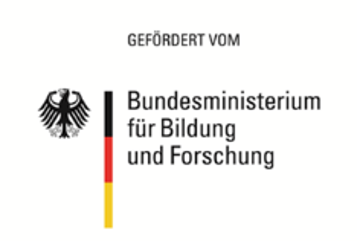Literatur zu Vulnerabilität in der Krise
An ecological study of socioeconomic predictors in detection of COVID-19 cases across neighborhoods in New York City
Beschreibung
Background: New York City was the first major urban center of the COVID-19 pandemic in the USA. Cases are clustered in the city, with certain neighborhoods experiencing more cases than others. We investigate whether potential socioeconomic factors can explain between-neighborhood variation in the COVID-19 test positivity rate.
Methods: Data were collected from 177 Zip Code Tabulation Areas (ZCTA) in New York City (99.9% of the population). We fit multiple Bayesian Besag-York-Mollié (BYM) mixed models using positive COVID-19 tests as the outcome, a set of 11 representative demographic, economic, and health-care associated ZCTA-level parameters as potential predictors, and the total number of COVID-19 tests as the exposure. The BYM model includes both spatial and nonspatial random effects to account for clustering and overdispersion.
Results: Multiple regression approaches indicated a consistent, statistically significant association between detected COVID-19 cases and dependent children (under 18 years old), population density, median household income, and race. In the final model, we found that an increase of only 5% in young population is associated with a 2.3% increase in COVID-19 positivity rate (95% confidence interval (CI) 0.4 to 4.2%, p=0.021). An increase of 10,000 people per km2 is associated with a 2.4% (95% CI 0.6 to 4.2%, p=0.011) increase in positivity rate. A decrease of $10,000 median household income is associated with a 1.6% (95% CI 0.7 to 2.4%, p<0.001) increase in COVID-19 positivity rate. With respect to race, a decrease of 10% in White population is associated with a 1.8% (95% CI 0.8 to 2.8%, p<0.001) increase in positivity rate, while an increase of 10% in Black population is associated with a 1.1% (95% CI 0.3 to 1.8%, p<0.001) increase in positivity rate. The percentage of Hispanic (p=0.718), Asian (p=0.966), or Other (p=0.588) populations were not statistically significant factors.
Conclusions: Our findings indicate associations between neighborhoods with a large dependent youth population, densely populated, low-income, and predominantly black neighborhoods and COVID-19 test positivity rate. The study highlights the importance of public health management during and after the current COVID-19 pandemic. Further work is warranted to fully understand the mechanisms by which these factors may have affected the positivity rate, either in terms of the true number of cases or access to testing.
Erschienen
2020
Themen
Vulnerable Gruppen
Daseinsvorsorge
Daseinsvorsorge
Autor*innen
Whittle, Richard S.
Diaz-Artiles, Ana
Diaz-Artiles, Ana
Zeitschrift
BMC medicine
Band
18
DOI
10.1186/s12916-020-01731-6
